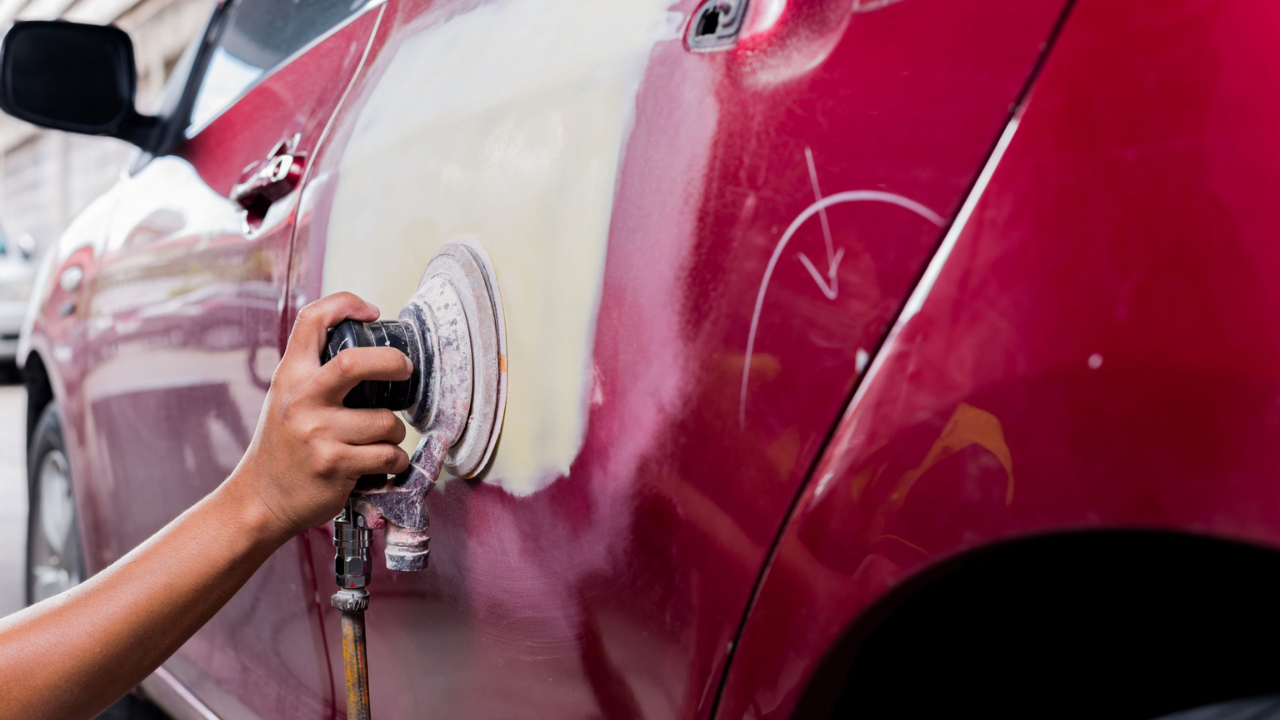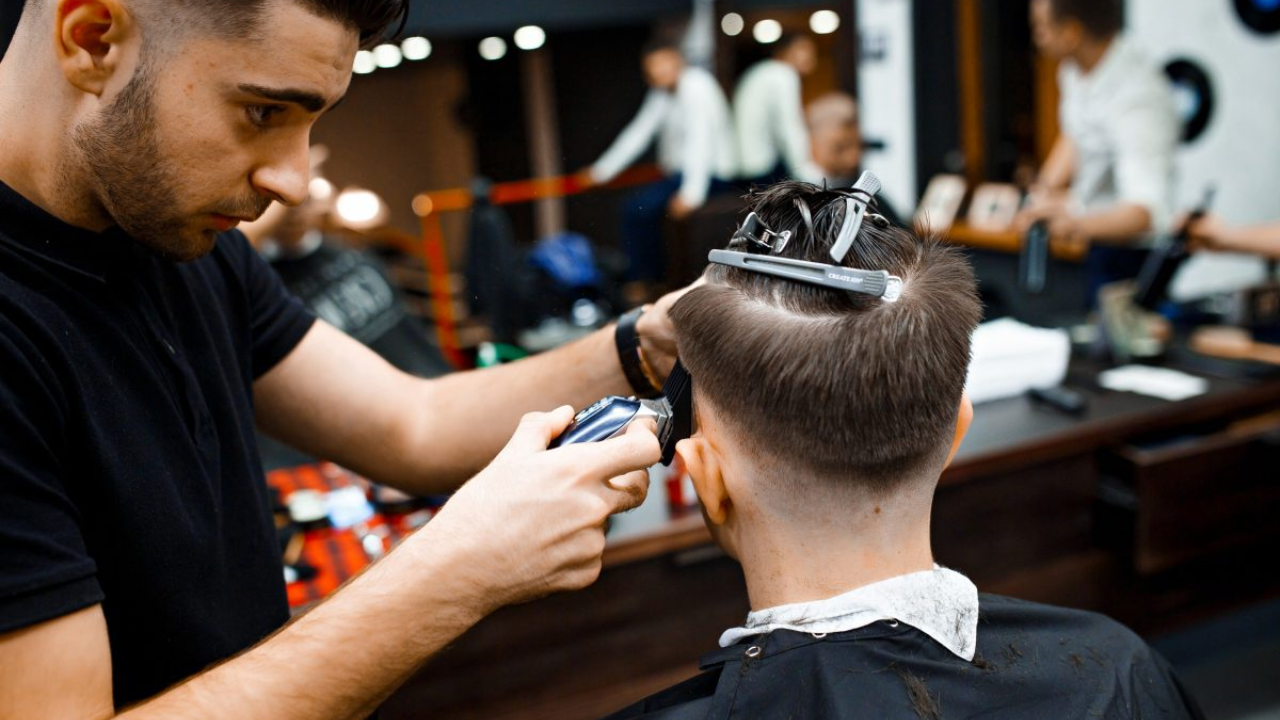If you’ve ever had your car repaired, you might have noticed that car paint doesn’t match the original finish, resulting in discrepancies not only in color but also in texture and grain. This common issue can be frustrating for vehicle owners, leading to concerns about the overall appearance and value of the car. In this blog post, we’ll delve into the causes of mismatched paint, explore the consequences, and offer practical solutions to address these problems.
Understanding Mismatched Car Paint
When we say car paint doesn’t match, it encompasses various aspects, including:
- Color Mismatch: The newly applied paint doesn’t blend well with the original color, creating a noticeable difference.
- Texture Mismatch: The feel of the new paint may be smoother or rougher than the surrounding areas.
- Grain Mismatch: The finish of the paint may differ, resulting in an inconsistent look.
Causes of Mismatched Paint
- Poor Car Repairs
One of the primary reasons why car paint doesn’t match is poor repair work. If the auto body shop lacks experience or uses subpar materials, the result may be a paint job that doesn’t seamlessly blend with the existing finish. - Fading Paint
Over time, exposure to sunlight and weather elements can cause your car’s paint to fade. When repairs are made, the new paint might appear brighter or darker compared to the faded original areas, resulting in a mismatch. - Weathered Paint
Car paint can become weathered due to environmental factors, which can affect both its color and texture. If a repair shop doesn’t adequately address these weathered areas, the new paint will stand out, leading to visible differences.
Consequences of Mismatched Paint
Mismatched paint can have several adverse effects:
- Diminished Vehicle Value: A noticeable difference in paint can lower the resale value of your vehicle. Buyers may perceive it as poorly maintained.
- Appearance Issues: Mismatched paint can give your car an unprofessional look, detracting from its overall aesthetic appeal.
- Difficulty Selling: Cars with visible paint discrepancies can take longer to sell and may receive lower offers.
Solutions for Fixing Mismatched Paint
If you find yourself dealing with the issue of car paint doesn’t match, here are some effective solutions:
Professional Refinishing
The most reliable solution for mismatched paint is to seek professional refinishing services. Experienced technicians can accurately match the color, texture, and grain of the original paint. They utilize advanced techniques to ensure a flawless finish.
Touch-Up Paint
For minor mismatches, using touch-up paint can be a practical option. Most manufacturers provide touch-up paint that matches the original color. Apply it carefully, following the instructions for the best results.
DIY Paint Repair
If you’re inclined to handle minor repairs yourself, here’s a simple guide:
- Clean the Area: Thoroughly wash the mismatched area with soap and water.
- Sand the Mismatched Section: Lightly sand the area to prepare it for painting.
- Apply Primer: If necessary, use a primer before applying the new paint.
- Paint Application: Use a spray can or airbrush to apply the matching paint, layering it thinly.
- Clear Coat: Finish with a clear coat to protect the new paint and provide a consistent shine.
Tips for Preventing Mismatched Paint
To avoid issues with car paint doesn’t match in the future, consider the following preventive measures:
Regular Maintenance
Wash and Wax Your Car: Regular washing and waxing can protect the paint from fading and weathering, helping maintain its original color and texture.
Choose a Reputable Repair Shop
Selecting a quality repair shop is crucial. Look for shops with positive reviews and a proven track record of high-quality paint matching. Ask about their processes and materials used to ensure they can deliver a satisfactory result.
Be Cautious with DIY Repairs
While DIY repairs can be tempting, they often lead to mismatched paint if not executed correctly. If you’re unsure about your skills, it’s best to leave repairs to the professionals.
Conclusion
Dealing with mismatched car paint can be a challenging experience for vehicle owners. Understanding why car paint doesn’t match in terms of texture and grain is the first step towards finding effective solutions. By choosing professional refinishing, using touch-up paint, or attempting DIY methods, you can restore your car’s appearance and maintain its value. Additionally, practicing regular maintenance and selecting a reputable repair shop can help prevent these issues from arising in the future.
Can I fix mismatched paint myself?
Yes, minor mismatches can be addressed with touch-up paint or DIY methods, but significant issues are best handled by professionals.
How often should I maintain my car’s paint to avoid fading?
Regular washing every two weeks and waxing every three to six months will help protect your car's paint from fading and weathering.






Really enjoying this article! It’s cool seeing new platforms like 33win cater specifically to Vietnamese players – easy registration & local payment options are a big plus for accessibility! 👍
Been trying a few platforms lately, and the speed of payouts is a huge factor! Discovering 999phl was a pleasant surprise – verification was fast, and GCash integration is a game changer. Definitely worth checking out if you’re a Filipino player! 👍
That analysis was spot on! Seeing platforms like 888 phl push tech boundaries-instant deposits & AI verification-is a game changer for PH esports fans. Faster access = more matches! 🔥
It’s great to see platforms understanding local preferences – like 68wim tailoring to Vietnamese players! Responsible gaming is key, and easy access via 68win app download is convenient, but remember to set limits & enjoy in moderation! 😊